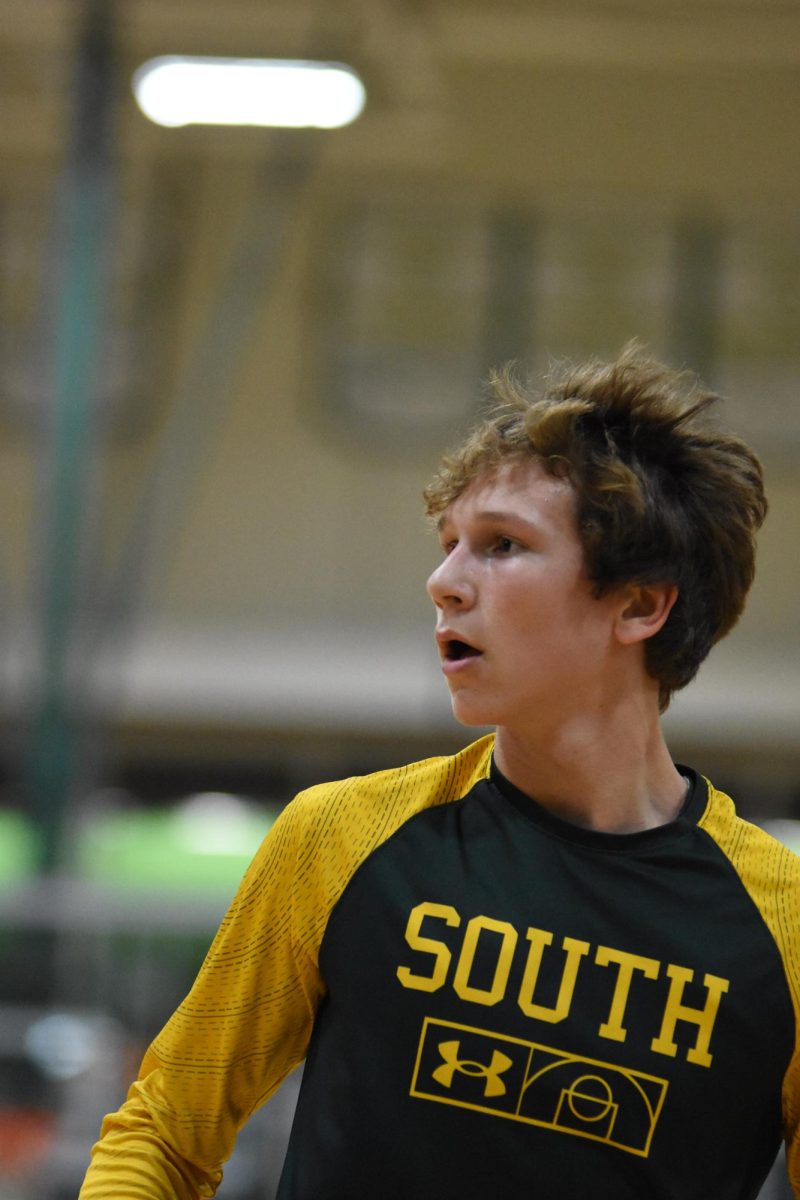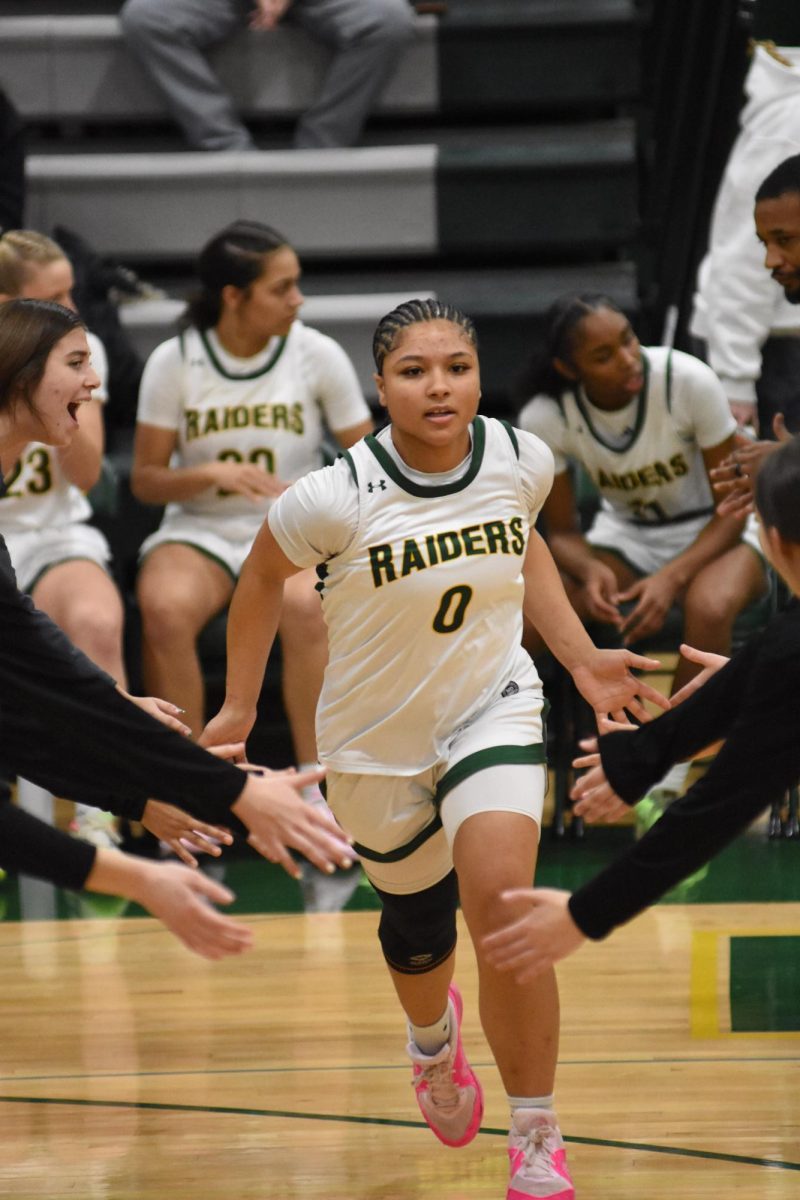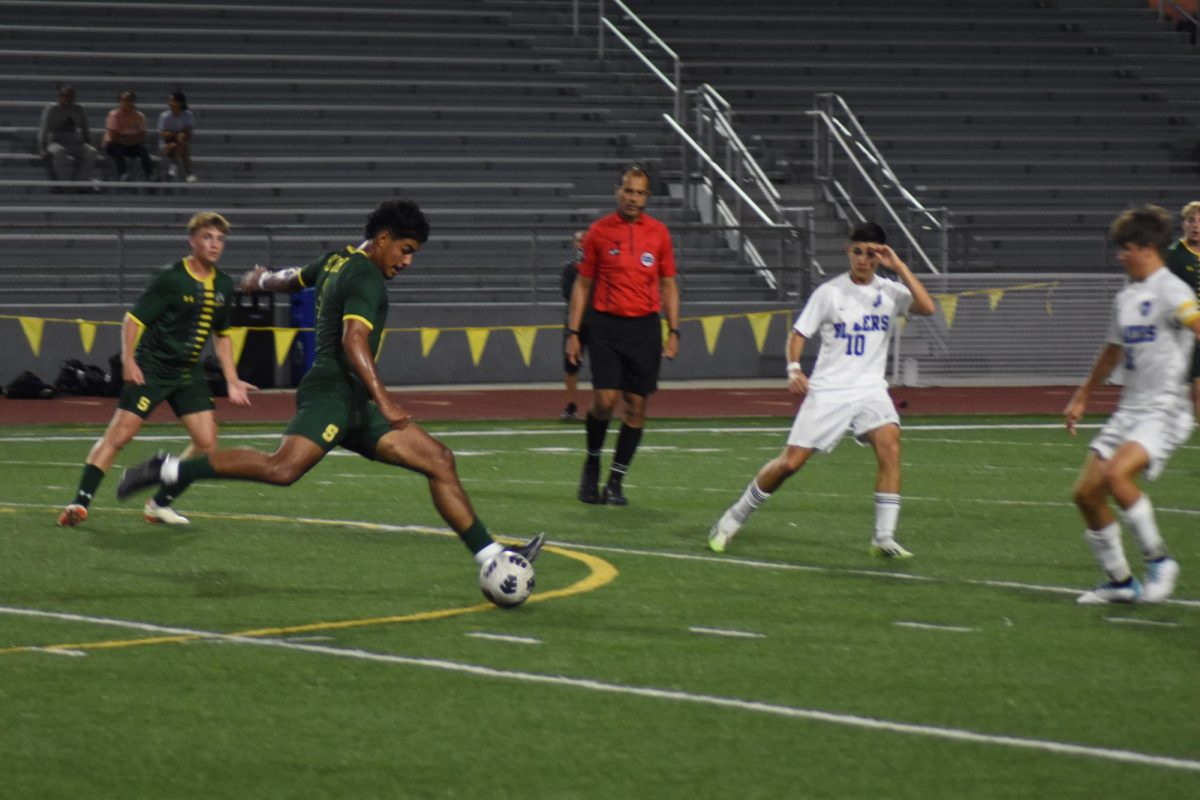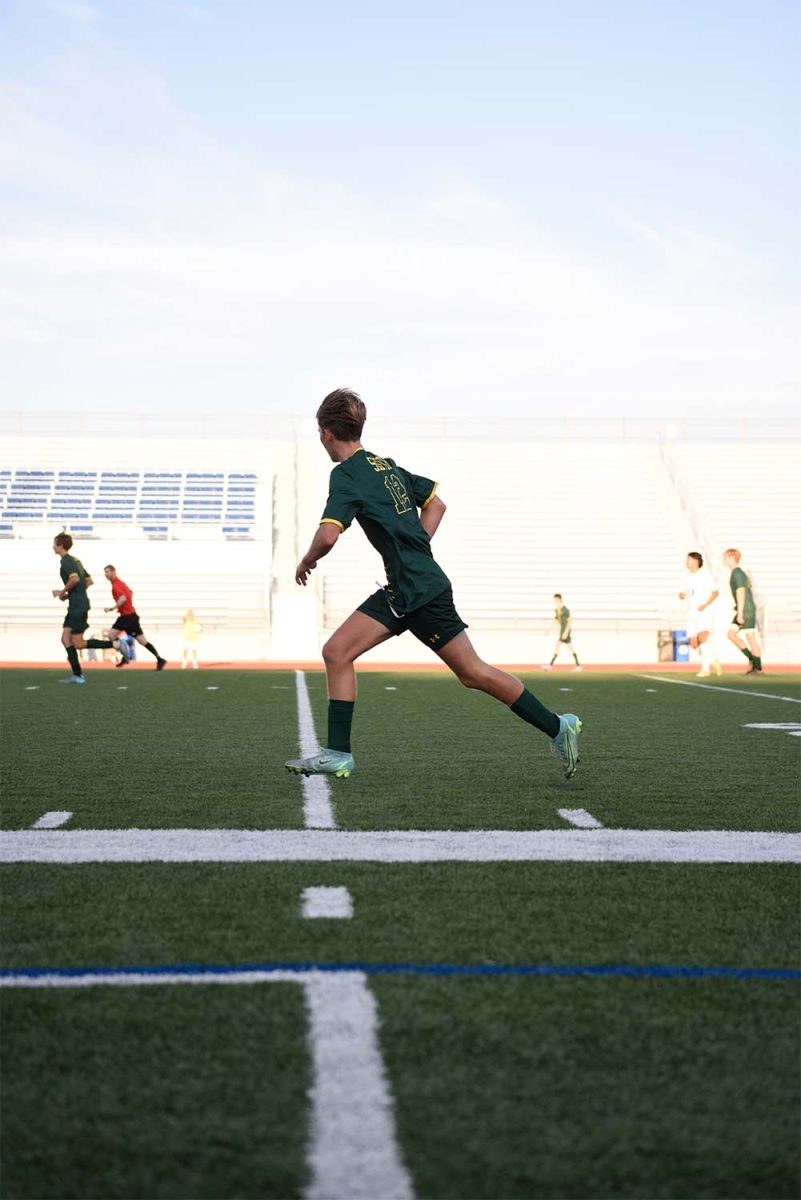About every 21 seconds, someone in the United States has a serious brain injury. The Sports Concussion Institute estimates that 10 percent of high school athletes in contact sports suffer a concussion each season. Repeated injury to the brain can lead to swelling, long-term disabilities, or even death.
These serious consequences and the recent spike in injured high school athletes — including the death of Spring Hill football player, Nathan Stiles — have led to increased national attention on head injuries, as well as new safety precautions in sports like basketball and soccer.
“There are new state rules; if [the referees] see someone has a head injury they send them off to us,” head football coach Brandon Claypool said. “Heads [are] something I really don’t mess with. We leave it up to the trainers and doctors.”
Neither officials, nor coaches, are expected to diagnose a concussion, as that is the job of an appropriate health-care professional. Officials, coaches and administrators, though, are asked to ensure that athletes do not continue to participate in the game after a head injury.
Senior Jake Reid, shooting guard, suffered a concussion during a basketball game on Dec. 10.
“Right after [the concussion], I just remember I blacked out. It felt like I was waking from a bad dream, I was sweatin’ and I was freakin’ out,” Reid said. “You just hear a ringing in your head, you can’t hear anything. I remember hearing murmurs, and a bunch of people were yellin’ at me and trying to do things with me, but all I heard was just a ringing noise.”
Reid’s concussion was minor. The most concerning aspect of his injury was the seizure that occurred after the blow to his head. He was released from the hospital the morning after the accident and was immediately allowed to engage in everyday activities.
“It’s just a really weird injury. I was hurt for a night, but the next day I basically felt back to normal. It’s a real freak accident when you get hit in the head,” Reid said, “how the brain reacts and how your body reacts and how you’re not really sore but you know if you get hit there again it can cause twice as much damage as the first time.”
Once an athlete has suffered a concussion, his or her chances of suffering a second one are three to six times greater than an athlete who has never sustained a concussion. It’s essential to take the necessary steps for a player to safely return to the sport.
“We don’t want to have them come back and just jump right into practice, so we return them to play after a five-day period where they’re increasing their activity at a contact-to-contact pace,” athletic trainer Chad Stephens said. “We let them go to a full practice three or four days after their symptoms are gone.”
Even if an athlete feels capable of returning, many tests are required before he or she is allowed to play again.
“I had to take a concussion test and it was like a mental test. They test your memorization skills, just basic type questions, [and] you’re scored at a rate, like how fast you answer the question and obviously your accuracy on them,” Reid said. “They compare those numbers to an average person to see if your brain is functioning the way it should.”
After an athlete is cleared to play he or she is not completely ready to jump back into the game. High school coaches and trainers take precautions before sending players back into full contact.
“We have protocol with the trainer that we use to slowly get them back into it, [and] minimum activity until they can go back to full practice. Some kids we hold out of practice based on injuries. We limit what they can do if it’s full contact, no contact, running, things like that,” Claypool said. “It’s kind of an individual basis; we cater a little bit based on the injury depending on what the situation is.”
Coaches recognize the dedication in their athletes but they also understand that it’s important to weigh the consequences and to consider their athletes’ futures.
“It is a person’s future. They want to live in the moment so you have to have balance. They’re only 15, 16, 17, [and] 18. There’s a lot of life outside high school, so it is a big concern,” Claypool said.
Even with the risks, many players are anxious to return to their sport. In fact, according to the Sports Concussion Institute, one-third of high school players reported two or more concussions in a season. To athletes like Reid, who returned to basketball on Jan. 1 — three weeks after his injury — the thought of never playing ball again is far more serious than the possibility of a second concussion.
“I was never scared [about returning], I was scared that I was never gonna be able to play again. A lot of people used to tell me that right after it happened I should probably think about comin’ back or not, but my life right now is basketball. There’s no way I would ever give up my senior year even if it meant somewhat putting my life in danger,” Reid said. “I’ll take that risk.”
By Casey Lee






